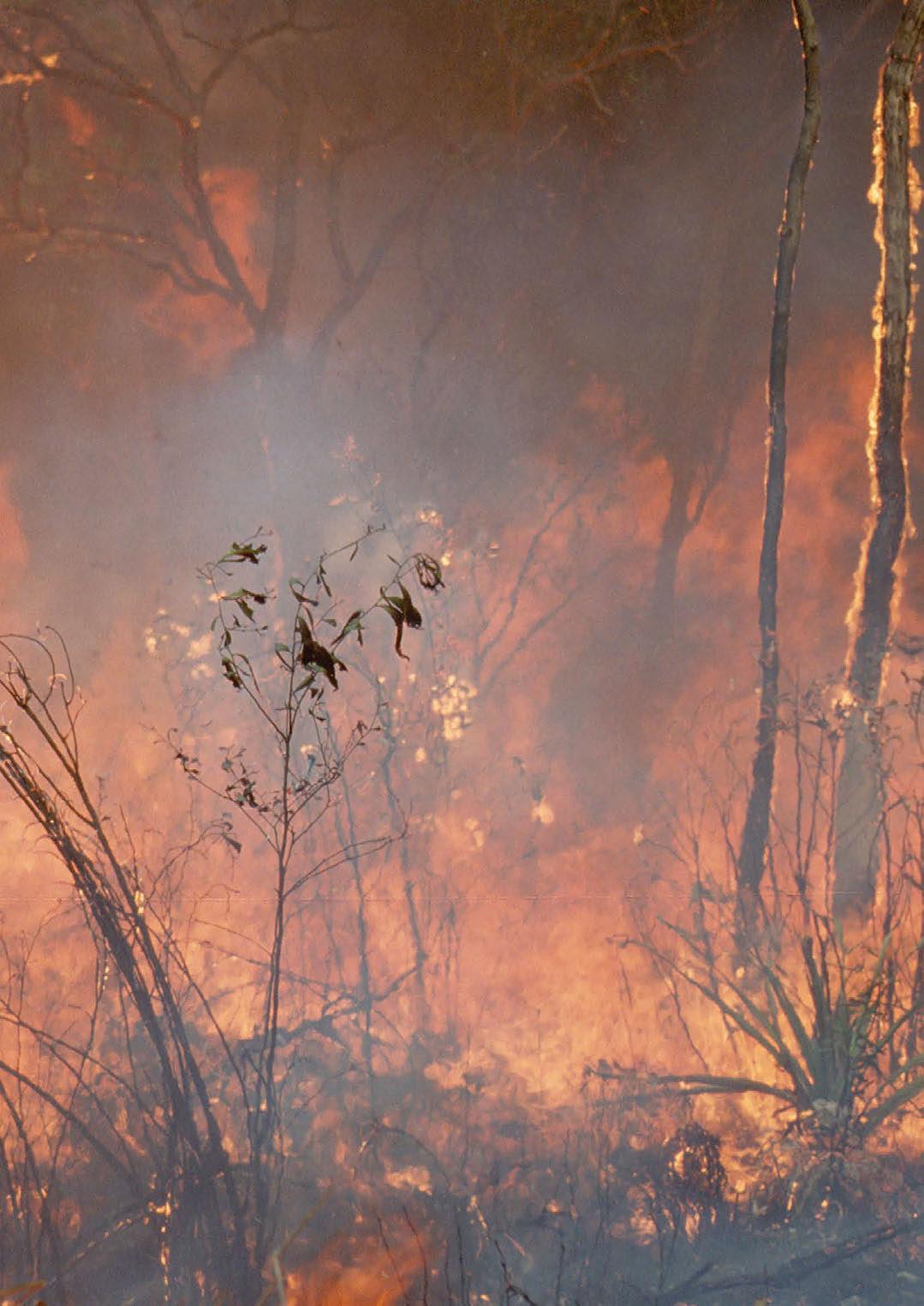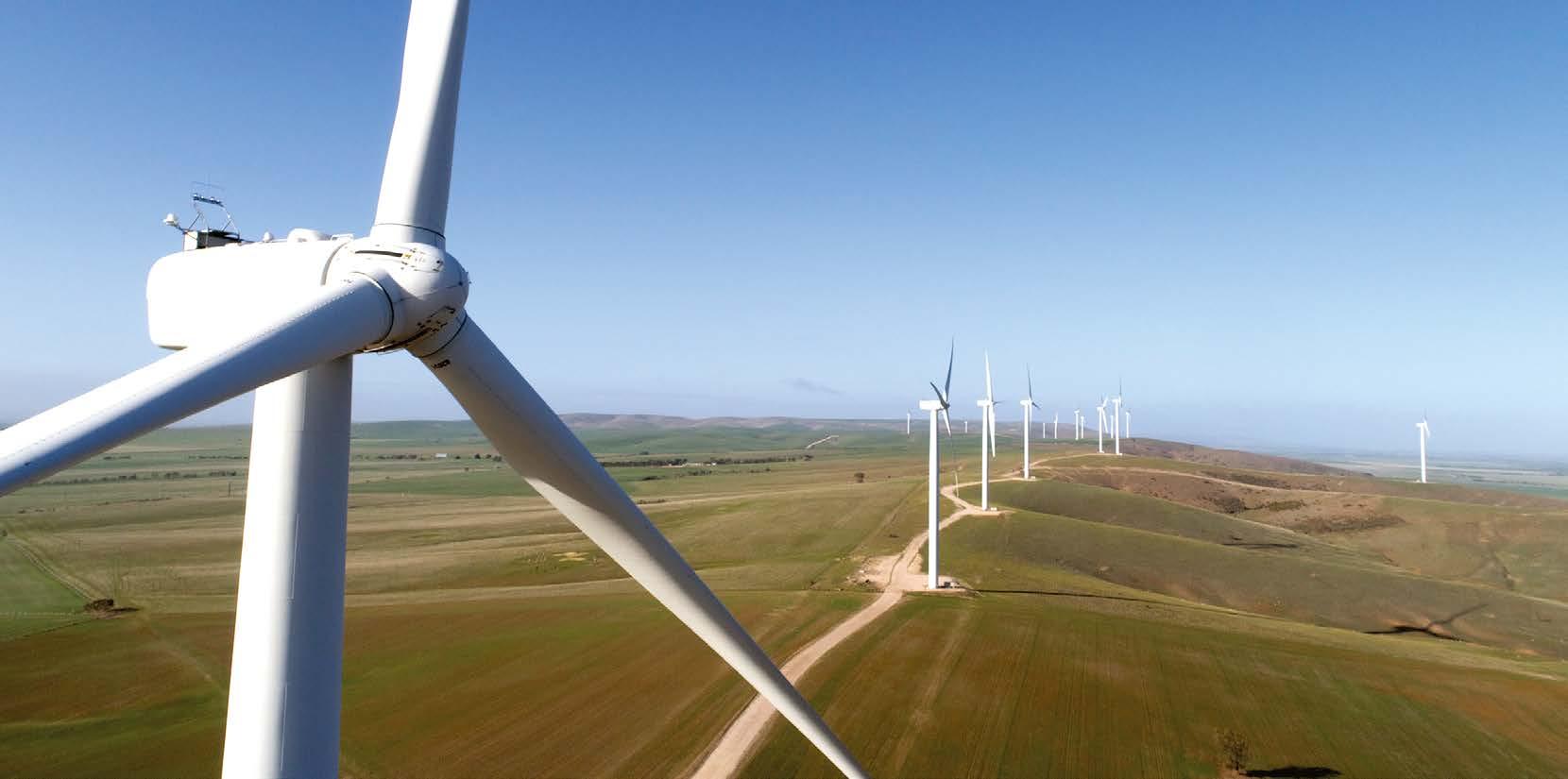
2 minute read
Climate change in art
CLIMATE CHANGE reflected in artworks
A NOVEL EXHIBITION titled Gaia Hypothesis brought together the work of nine artists working with themes and materials “inextricably bound to human induced climate change”.
Advertisement
Curator Ngaio Fitpatrick who has a background in environmentally sustainable architecture and is a Visiting Fellow with the ANU Climate Change Institute said “We live in a Post-Truth and now indisputably warming world. Science gives us hard data, politicians procrastinate and economists advocate infinite fiscal growth, all within a planet of finite resources and finely balanced ecosystems.
“Artists are the new philosophers and have the rare ability to work independently of vested interests drawing attention to one of the greatest existential threats of our time using a variety of languages, methods and materials.” she said
Here we present just some of the inspired artwork and excerpts from the catalogue shedding light on angles and interpretations.

ABOVE: Unpredictability of natural occurrences and weather events informs Anna Madeleine’s work Pranatamangsa AR. The work draws attention to celestial observances of cycles of natural phenomena used in traditional Indonesian farming calendars. Farming can be thought of as lowtech as it works with rather than against natural cycles; the installation combines simple still images and a counterpart of high-tech dynamism to consider the unpredictability of weather events in the context of climate change.
LEFT: Marzena Wasikowska works with the idea of unknown futures, using fragments of existing landscape to construct ‘plausible photographs’ in order to ‘motivate social response’. She references the Canadian theorist Marshall McLuhan: “I think of art, at its most significant, as a DEW line, a Distant Early Warning system that can always be relied on to tell the old culture what is beginning to happen to it.”


ABOVE: Alexander Boynes’ video work Anthropogenic alludes to the scale of the unfolding tragedy engulfing the natural world. As human industrial processes, the burning of fossil fuels and accompanying emissions transform the atmosphere and landscape, the natural world becomes less visible.
RIGHT: The work ‘Clean Coal’ by Simon Maberley encapsulates the themes of Gaia Hypothesis: as our global economies and profits grow, Earth becomes smaller and more fragile. LEFT: Ashley Eriksmoen works with themes of consumerism and sustainable futures. Her works recontextualise and animate the concept of furniture. By working with salvaged timbers, referencing waste and lifecycles of manmade objects, she seeks to reconnect us with Earth. We are drawn to think about what happens to discarded materials, the idea of ‘always new’ and also why we seek order, utility and stability in a universe full of increasingly unpredictable events.
‘Gaia hypothesis’ refers to the idea put forward in the late 1960s by James Lovelock that the Earth is a single living organism made up of self-regulating and finely balanced ecosystems. These systems are held in balance to sustain all life on Earth and, to prosper, each must work in harmony with the others. The event was hosted by the Belconnen Arts Centre and the ANU Climate Change Institute in ACT.










